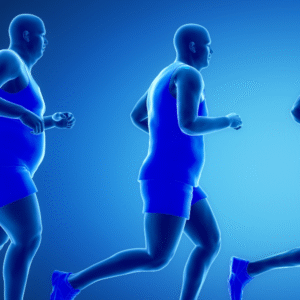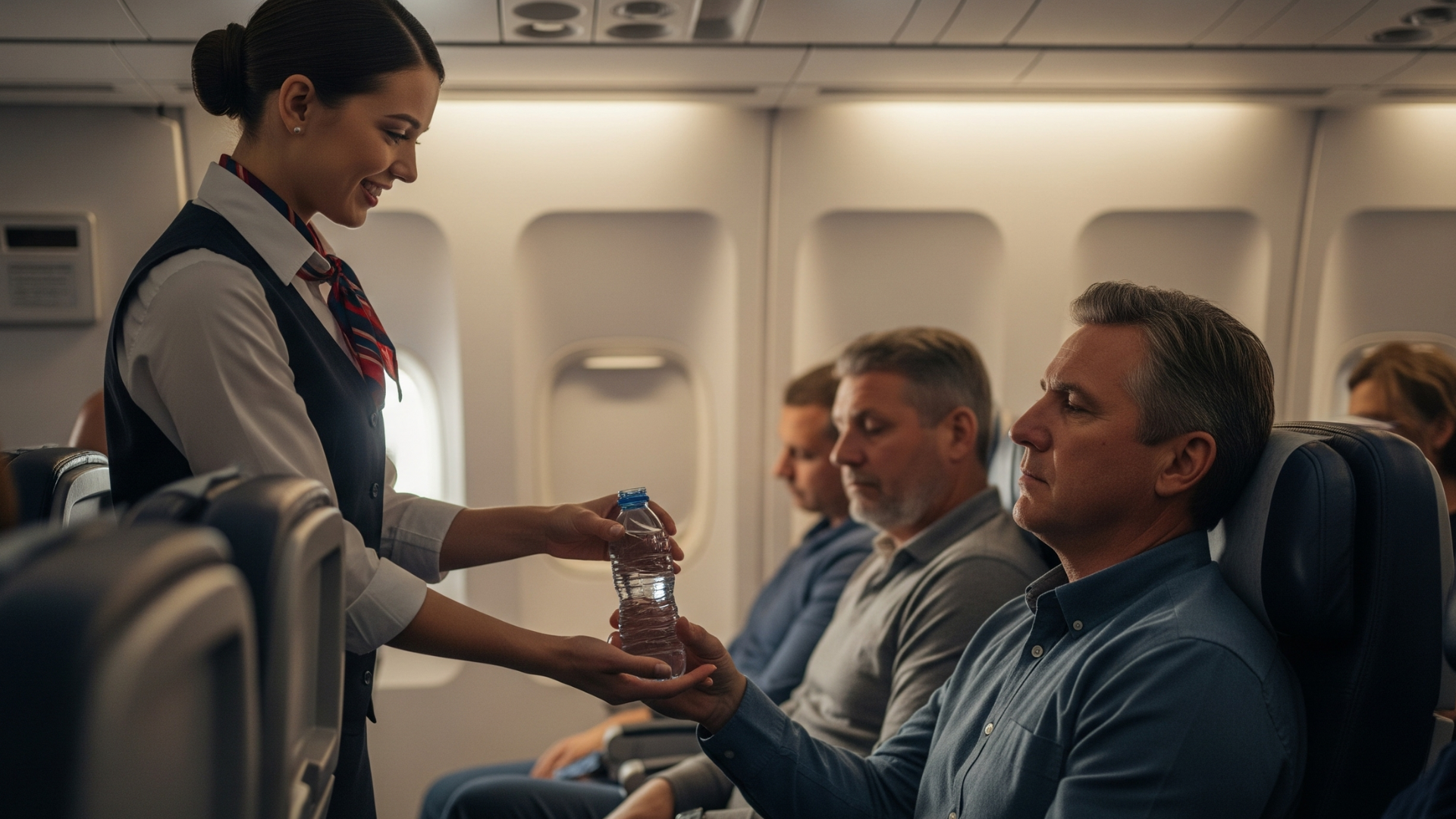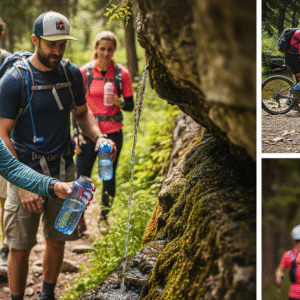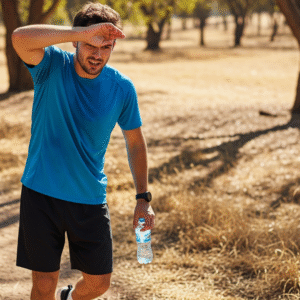While flying can be exciting, it can also be hard for our bodies to stay properly hydrated. The dry air on planes can quickly make us thirsty, which can make us feel bad, tired, or even sick.
The dry air in the cabin of a plane can make our eyes, lips, and skin feel tight. There is very little moisture in the air, as little as 20%, so this is the case. Because of this, our bodies lose water more quickly, so it’s important to drink a lot of water during the flight.
To stay hydrated while traveling, it’s important to know how flying affects our bodies. We can lessen the bad effects of airplane dehydration by knowing the risks and taking simple precautions. This way, we can get to our destination feeling refreshed and ready to go.
Main Points
- To deal with dry air on flights, drink a lot of water.
- Low humidity in plane cabins can make you lose water.
- Staying hydrated is important for your health and comfort while traveling.
- Simple steps can help reduce the effects of airplane dehydration.
- Travelers can stay awake by knowing the risks.
How dehydration works during flights
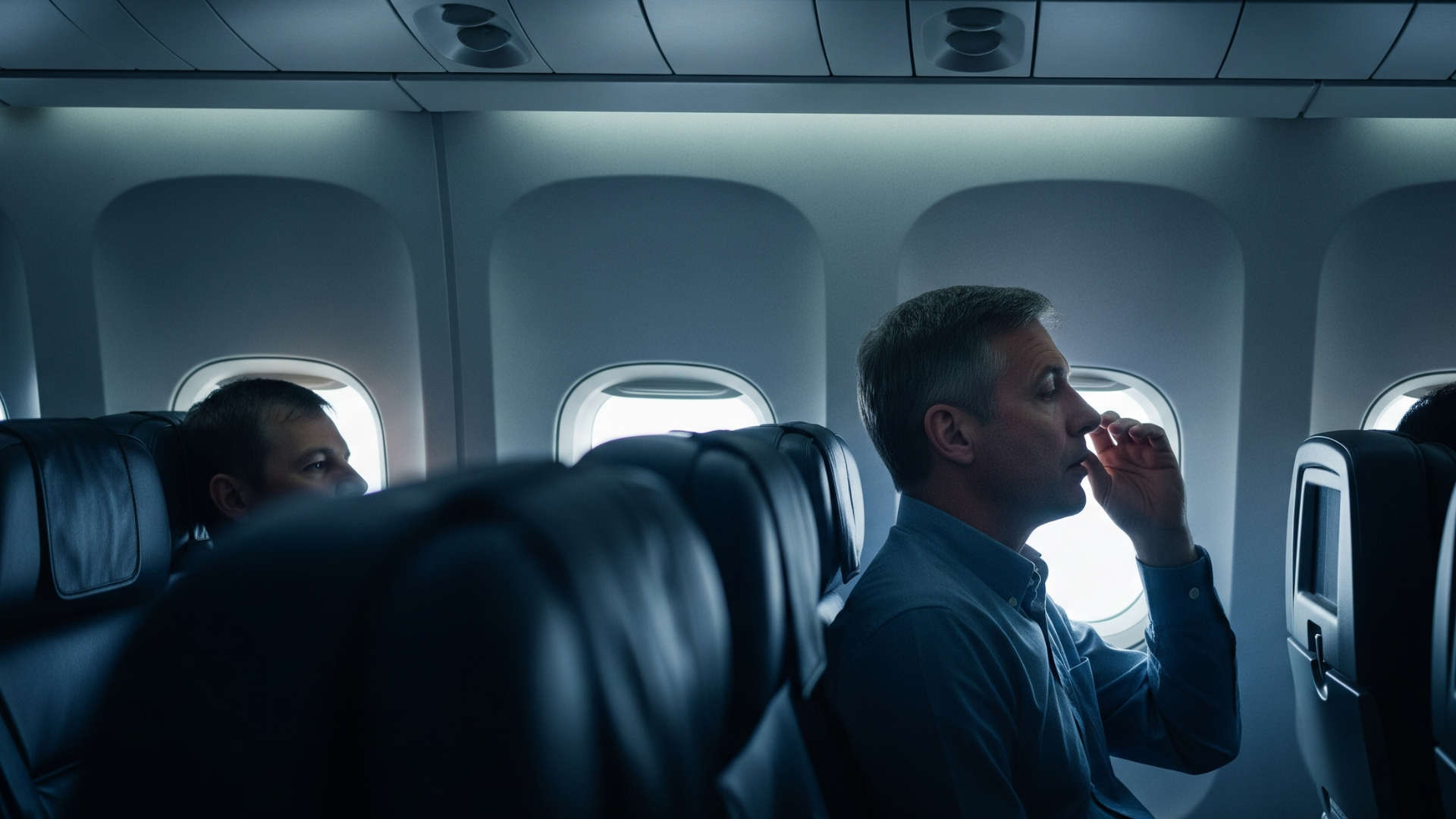
Dehydration on flights isn’t a small problem; it’s a condition that can be caused by a number of things related to flying. Travellers can take the right steps to stay hydrated if they know about these things.
What Cabin Pressure Does to Your Body
The amount of water in the cabin has a big effect on how well your body is hydrated. The air pressure is lower at cruising altitude, which can change how your body works.
What Happens When Oxygen Levels Drop
At high elevations, less oxygen can make your heart beat faster and breathe faster, which can make you lose water. Because there is less oxygen, the body has to work harder, which makes it lose more water.
Blood Flow Changes at High Altitude
Blood flow changes at higher elevations, which could lower blood volume and make you more likely to become dehydrated. This can cause a wide range of symptoms, from minor pain to more serious health problems.
Low humidity in plane cabins
The air inside an aeroplane cabin is usually less than 20% humid, which means it is very dry. This dry environment makes the body lose water faster.
Why the air in planes is so dry
The air inside an aeroplane is dry because it comes from cold, dry high altitudes outside the plane. Then, this air is heated and moved around inside the cabin, which lowers the humidity even more.
How dry air speeds up the loss of moisture
Dry air speeds up the process of losing water from the skin and lungs. Travellers may lose more water than they would in a place with more humidity because of this.
Why being in the air makes you lose water faster than being on the ground
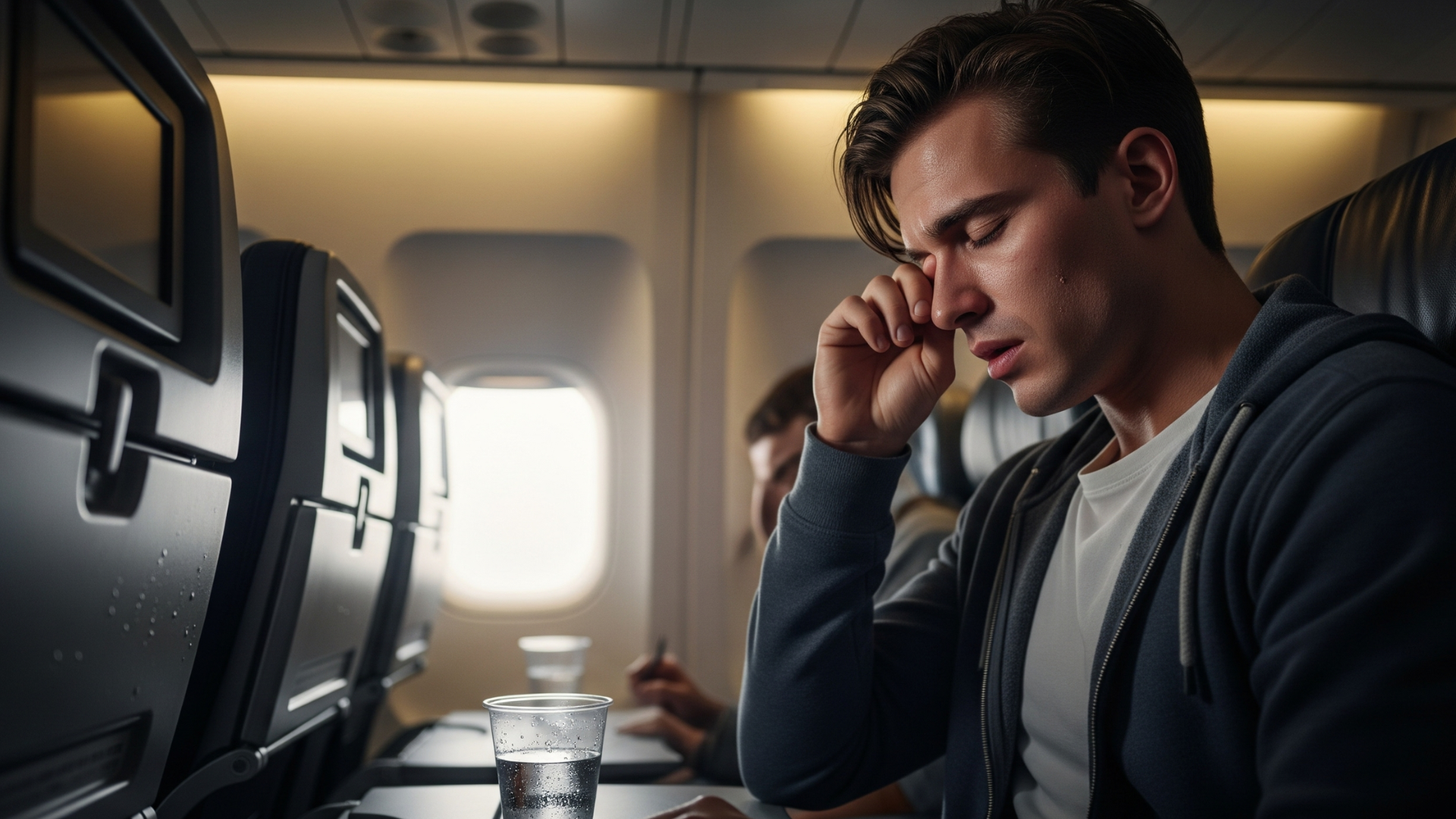
There are changes in your body that can make you lose water faster when you’re in the air than when you’re on the ground. A big part of this process is the special atmosphere inside an aeroplane cabin.
More water loss through breathing at higher elevations
The air is thinner and drier at high altitudes. In this situation, your body has to work harder to humidify the air you breathe, which makes you lose more water through your lungs. The dry air makes your respiratory system lose more moisture, which makes you more dehydrated.
Low humidity levels in the cabin make the rate of water loss through breathing even worse. Because of this, travelers may show signs of dehydration more quickly than they would in a place with more moisture.
How pressurised cabins change the balance of fluids
The cabin pressure of an aeroplane also changes the balance of fluids in your body. The cabin is pressurised to make it feel like you are at a lower altitude, but the pressure is still lower than where you are. This can change the way your body’s fluids are distributed, which could make you dehydrated.
The low humidity in the cabin also speeds up the loss of moisture from your skin and lungs, which throws off your fluid balance even more. By knowing about these things, travellers can take steps to stay hydrated during flights.
How to Tell If You’re Dehydrated While Traveling
It is very important to know how to spot signs of dehydration while you are in the air to stay healthy and comfortable. When you’re on an airplane, the dry air inside can make you feel dehydrated. Understanding the signs can help you take quick steps to stay hydrated and comfortable on your trip.
Common Signs and Symptoms During Flight
During a flight, your body may show different signs of being thirsty. It’s important to be aware of both the mental and physical signs.
Signs and symptoms to look out for
Some physical signs are tiredness, dry mouth, and dry skin. Dehydration could also give you headaches or make you feel dizzy. You can deal with dehydration faster if you keep an eye out for these signs.
Effects of Dehydration on the Mind
Dehydration can also make you mentally unstable, making you confused, unable to focus, and irritable. These effects on the mind can be especially annoying on long flights.
Signs of dehydration after a flight
When you land, dehydration is still a problem. After your flight, there are a few things to look for.
Signs Right After Landing
You might feel thirsty, tired, or have a dry mouth and throat after landing. These are signs that your body needs more water right away.
Delayed Signs of Dehydration from Flying
Some symptoms, like muscle cramps, constipation, or just feeling bad in general, may not show up right away. Keeping an eye on how your body reacts after the flight can help you deal with any effects of dehydration that last.
If you know these signs of dehydration before, during, and after your flight, you can take steps to stay hydrated and make your trip more comfortable.
The Most Important Travel Hydration Guide for Air Travelers
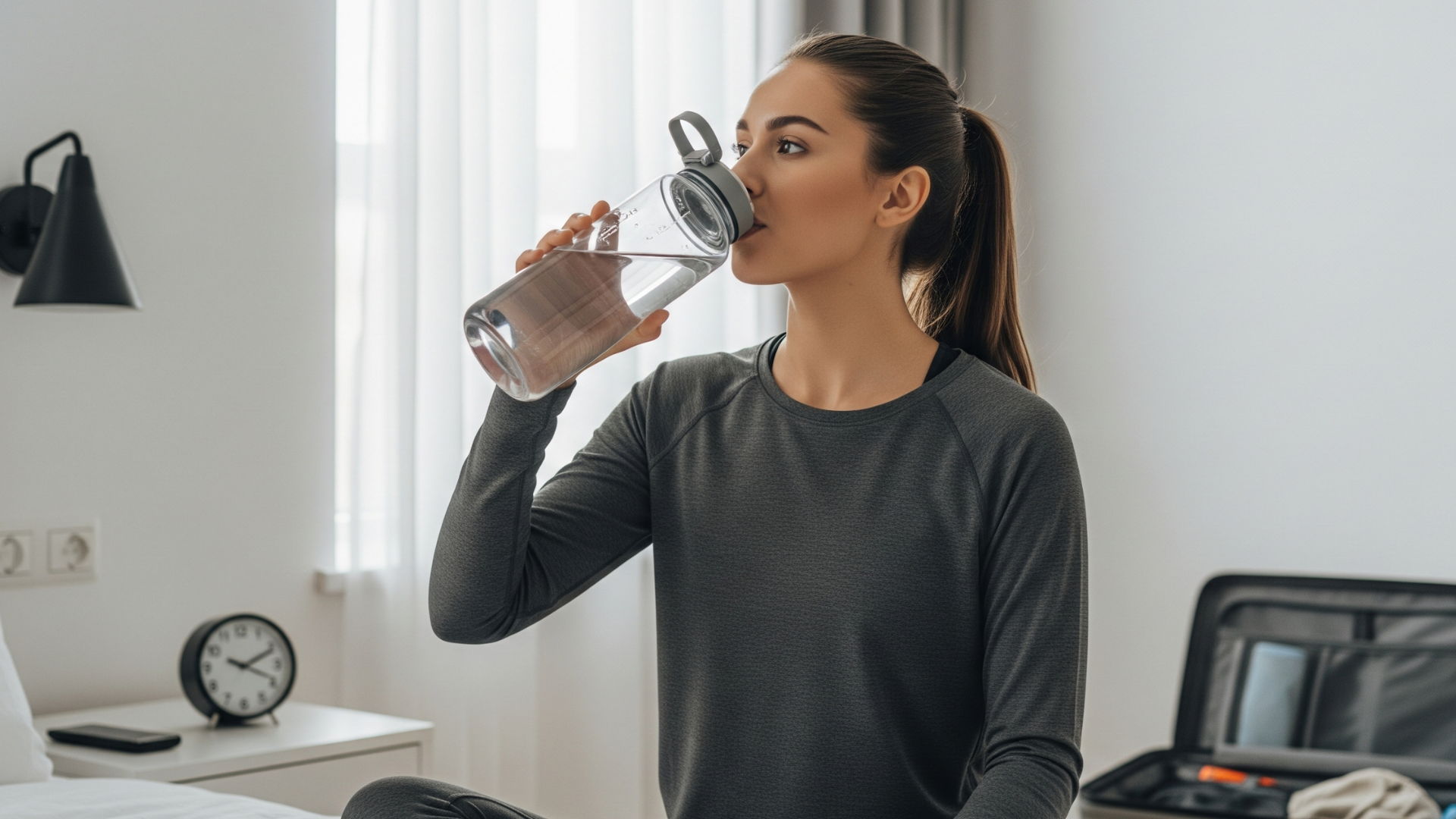
It’s possible to lose water while flying, but there are ways to keep your body’s fluid balance. A well-thought-out travel hydration guide is important for a healthy and comfortable flight.
How to Stay Hydrated Before a Flight
Get your body ready for the dry air inside the plane before you even get on. Pre-flight hydration is very important to keep dehydration effects to a minimum during the flight.
24 hours before your flight
Start by drinking more water 24 hours before your flight. During this time, try to drink at least 8–10 glasses of water to keep your body well-hydrated.
How to Get Ready for the Airport
Keep drinking water while you’re at the airport. Stay away from alcoholic and caffeinated drinks that can make you feel even more dehydrated. Bring a water bottle that you can refill to stay hydrated while you wait.
Keeping your body hydrated during flight
As important as getting ready for the flight is staying hydrated during the flight. Keeping yourself hydrated during a flight can make you feel better and lower your risk of becoming dehydrated.
How to Stay Hydrated on Short Flights
Even on short flights, try to get a drink of water every so often. To stay healthy, drink a glass of water every hour you’re in the air.
How to Stay Hydrated on Long-Haul Flights
It’s important to have a plan for staying hydrated on long-haul flights. To keep your body’s fluid balance, drink a lot of water and think about using hydration packs or electrolyte supplements.
Ways to Get Hydrated Again After a Flight
After the flight, it’s important to drink more water. Flying can make you thirsty, so to get back to normal, you should drink a lot of water and eat foods like fruits and vegetables that are high in water.
By following this guide to staying hydrated while travelling by air, you can lower the risks of becoming dehydrated and feel more refreshed and at ease when you get there.
When you fly, how much water should you drink?
How much water you should drink on a plane depends on a number of things, such as how long your flight is, how humid the cabin is, and your own personal water needs.
How to Figure Out How Much Water You Need on a Flight
To stay hydrated, you need to figure out how much water you need before the flight. As a general rule, you should drink 8 ounces of water for every hour you’re in the air. To figure out how much water you need, you can also look at your body weight and how active you are.
Changing the intake for the length of the flight
How much water you drink depends a lot on how long your flight is. Let’s look at it in more detail:
Flights that last less than three hours
As a general rule, you should drink 8 ounces of water every hour on shorter flights. For a two-hour flight, try to drink sixteen ounces of water.
Long-haul flights (more than six hours)
For longer flights, it’s very important to drink plenty of water. Aim to drink at least 8 ounces of water every hour, and if you’re drinking alcohol or caffeine, you might want to up your intake.
Here’s a simple table to help you figure out how much water to drink:
Flight Duration | Recommended Water Intake |
Under 3 hours | 8 oz per hour |
3-6 hours | 8 oz per hour |
Over 6 hours | 8-12 oz per hour |
These tips will help you stay hydrated and comfortable on the flight. Just remember to pay attention to what your body needs.
Beyond Water: The Best Products for Travellers to Stay Hydrated
It’s not enough to just drink water while flying; you need to use the right hydration products as well. The dry air on planes can quickly dehydrate you, so it’s important to have the right tools to stay properly hydrated.
Electrolyte boosters for flights
Electrolyte supplements are very important for staying hydrated on flights. They help your body make up for salts and minerals it loses, so it works right.
The best electrolyte tablets and powders
Brands like Nuun and ZYM make some of the best electrolyte powders and tablets. These items are made to be easily mixed with water, making them a quick and effective way to replace electrolytes.
When to Use Electrolytes and How to Do It
Electrolyte supplements should be taken before, during, and after long flights. Follow the directions and mix the powder or break up the tablets in water so that they don’t become too concentrated.
Hydration Packs and Bottles for Air Travel
Hydration packs and bottles are made to be easy to use and effective. During the trip, you can drink water from them without getting up from your seat.
Water bottles that are safe for TSA
When picking a water bottle, choose one that is TSA-friendly and can be easily filled up again after security checks. A lot of good products are made by brands like CamelBak and Nalgene.
Bringing water bags on planes
Another easy option is a hydration bag, which lets you carry more water without the bulk of bottles. It’s easy to hide them under the seat in front of you.
Hydrating Foods to Pack for Your Journey
Along with hydration products, eating foods that keep you hydrated can help while you’re travelling. Not only are foods like watermelon, cucumbers, and celery good for you, but they are also easy to pack.
Here is a quick list of foods that will keep you hydrated:
Food | Water Content (%) | Ease of Packing |
Watermelon | 92 | Easy |
Cucumbers | 96 | Easy |
Celery | 95 | Easy |
Different travellers need to think about different ways to stay hydrated.
The dry air on planes can make people even more dehydrated, especially some types of travellers. There are different ways that different travellers need to stay hydrated on flights.
What kids need to stay hydrated on planes
Children are more likely to become dehydrated because their bodies are still developing and they are smaller. Parents should give their kids small sips of water often during flights to get them to drink more.
Also, bring snacks that will keep them hydrated, like fruits or drinks that are high in electrolytes to help them keep their fluid balance.
Travellers over 65 and the risk of dehydration
Travellers over 65 are more likely to become dehydrated because their bodies change with age, making them less sensitive to thirst and less mobile. It’s important for older people to drink water often, even if they don’t feel thirsty.
Helpers, like carers or travel companions, can do their part by reminding them to drink water regularly.
How to Stay Hydrated When You Have Medical Conditions
People who are travelling who have certain health problems need to take extra care to stay hydrated. This includes people who have diabetes, heart problems, or kidney disease.
Diabetes and Staying Hydrated on the Plane
People with diabetes should keep a close eye on their blood sugar levels during flights and make changes to how much water they drink as needed. Keeping yourself hydrated can help you control your blood sugar.
Problems with the heart and kidneys
People who have problems with their heart or kidneys should talk to their doctor about how to stay hydrated before flying. Some people may need to drink less water.
Traveler Group | Hydration Needs | Tips |
Children | Frequent small sips of water | Pack hydrating snacks, electrolyte-rich drinks |
Elderly | Regular water intake despite thirst | Reminders to drink water, assistance from caregivers |
Diabetics | Monitor blood sugar, adjust hydration | Manage blood glucose levels through hydration |
Heart/Kidney Conditions | Consult healthcare provider for guidance | Personalized hydration advice based on condition |
How to Get Through Airport Security While Staying Hydrated
Before you go to the airport, you should make sure you know the rules about liquids and staying hydrated so you don’t have to deal with any problems at the last minute. Going through airport security can be hard, especially if you have hydration products or liquids with you.
TSA Rules for Drinks and Hydration Items
The Transportation Security Administration (TSA) has rules about what kinds of liquids, gels, and aerosols can and can’t be brought in carry-on bags. By following these rules, you’ll be able to pack your hydration products better.
Strategy for an empty bottle
You could bring an empty bottle that can be used again and again through security and then fill it up at a station for refills. This way, you won’t have to buy water or other drinks after security checks to stay hydrated.
Exemptions for Medical Needs for Liquids
If you have a medical condition, you may need to carry more liquids than the normal limit. In this case, it’s very important to tell TSA officers about these items and show them the necessary paperwork.
Rules for drinks at international airports
TSA rules apply to airports in the United States, but rules about carrying drinks and other hydration products may be different at international airports.
There are refilling stations at major airports.
After going through security, many big airports now have places where you can fill up your bottle. This is not only useful, but it’s also good for the environment.
Restrictions that are unique to each country
Rules are stricter in some countries than in others. Some airports may have rules about the types of bags that are allowed or the amount of liquids that you can bring.
Airport | Refilling Stations Available | Specific Liquid Restrictions |
JFK, New York | Yes | No |
LHR, London | Yes | Yes, check with airport |
DXB, Dubai | Yes | Yes, specific rules apply |
You can make the security check process go more smoothly and stay hydrated on your trip if you know about these rules and plan ahead.
Conclusion:
Staying hydrated will make your flight healthier and more comfortable. Because of things like low humidity and high cabin pressure, flying can have a big effect on your body’s water levels. If you know how in-flight dehydration works scientifically and can spot its signs, you can take steps to keep your body’s fluid balance.
To have a healthier flight and a more comfortable flight, it’s important to follow hydration tips like how to stay hydrated before the flight, how to stay hydrated during the flight, and how to rehydrate after the flight. It’s important for your health to stay hydrated, especially when you’re travelling.
By following these easy-to-remember but very useful tips for staying hydrated while travelling, you can lower the risks of becoming dehydrated and feel more refreshed and ready to go when you get there. Making sure you stay hydrated will make a big difference in how enjoyable your flight is, letting you enjoy your trip to the fullest.
